AQA GCSE Pressure acting on a surface(Physics)
Pressure acting on a surface
Pressure is defined as the amount of force per unit area.
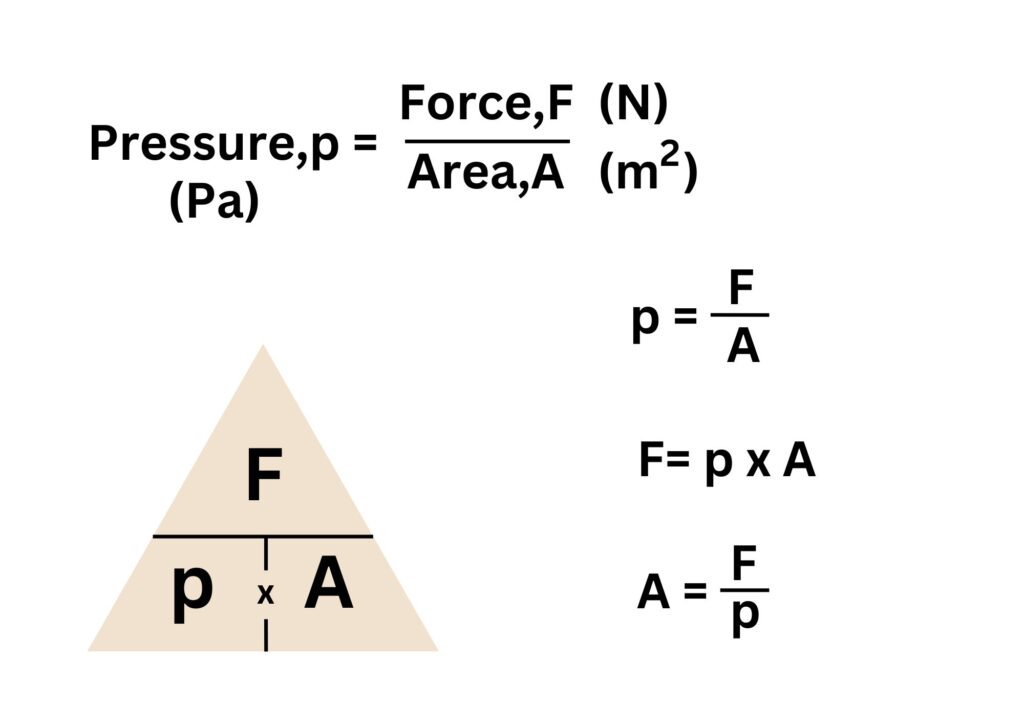
How pressure is caused
In the case below the nail will exert a downward force on the surface of the wood. This force is at 90 degrees to the direction of the surface.
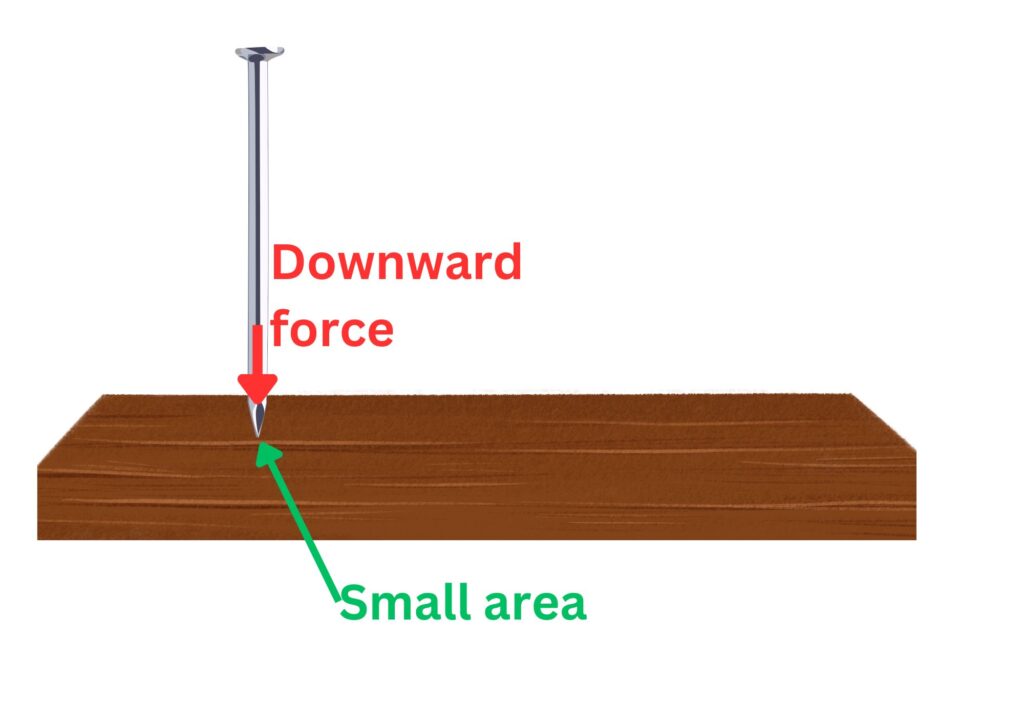 The force arrow should be normal to the surface, or at 90 degrees to the surface.
The force arrow should be normal to the surface, or at 90 degrees to the surface.
As the area of the tip of the nail is tiny, there will be a large pressure caused by the nail on to the surface of the wood.
Relationship between Pressure and Force
Pressure is directly proportional to Force.
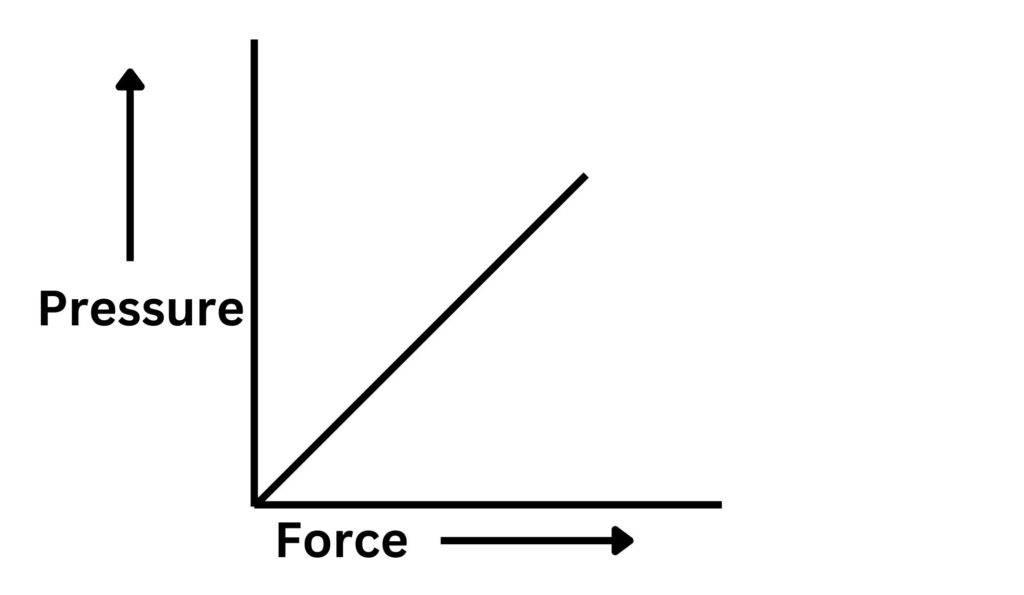
Relationship between Pressure and Area
As the area that the force acts over increases, pressure will decrease. So the relationship is inversely proportional
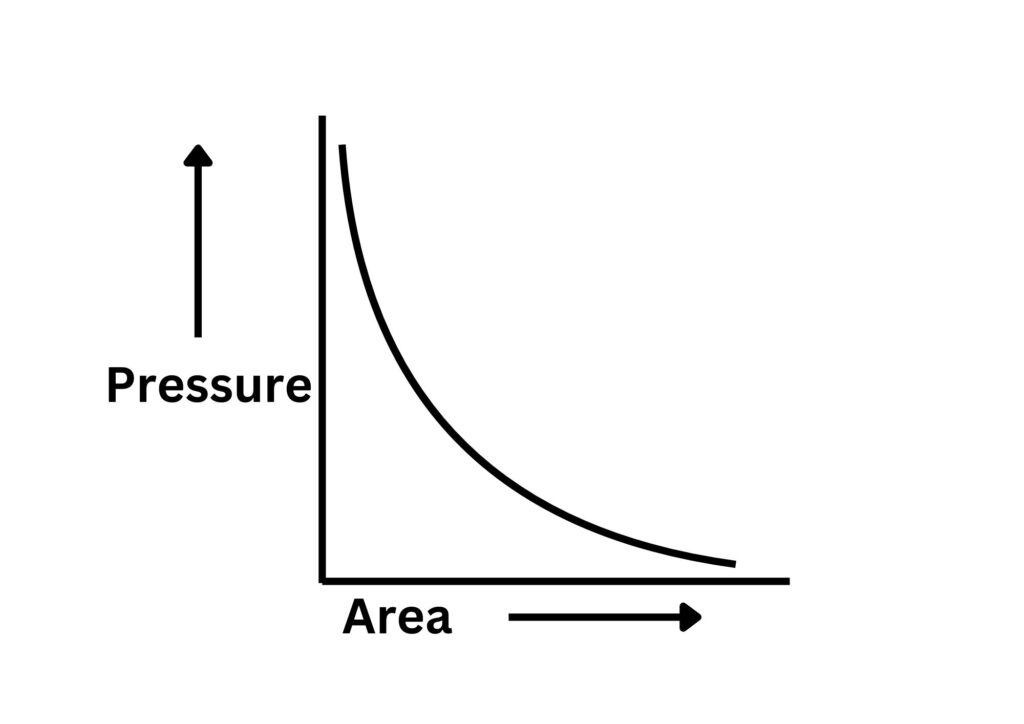
Practice questions
1.Define the term pressure.
2. A tennis ball impacts a wall with a force of 60N, the contact area is 0.01m2. Calculate the pressure applied to the wall by the ball.
3.Use the image below to answer the following question.
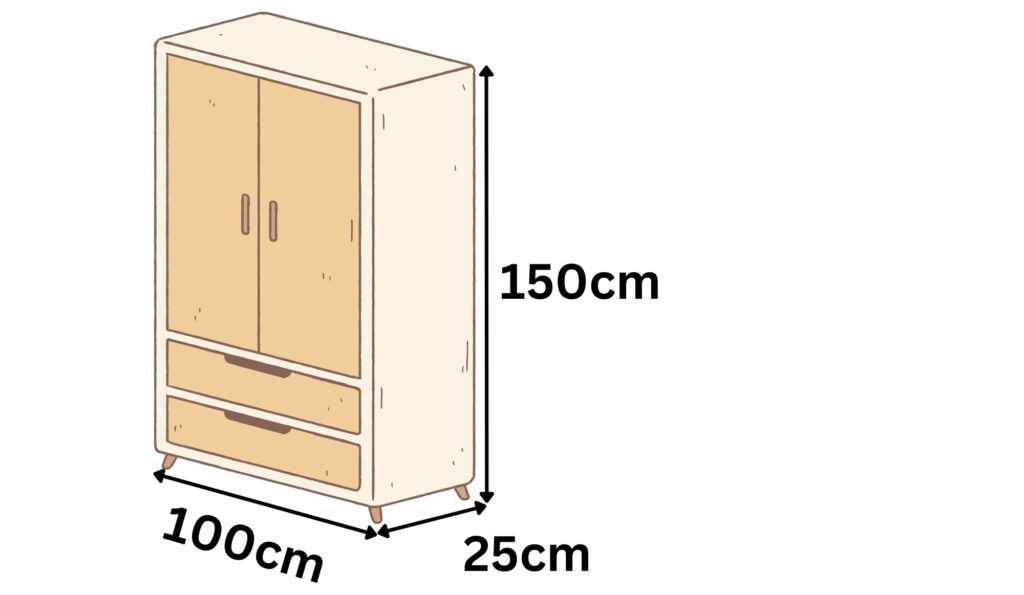 A cupboard weighing 500 N is positioned on the floor with its side that has the largest surface area in contact with the ground. Calculate the pressure the cupboard exerts on the ground.
A cupboard weighing 500 N is positioned on the floor with its side that has the largest surface area in contact with the ground. Calculate the pressure the cupboard exerts on the ground.
Absorption and Emission of EM Radiation
JJ Thomson and Plum pudding model
Ernest Rutherford and the Nuclear Model
Niels Bohr changing the Nuclear Model
Discovering the Proton and Neutron
Measuring radiation from radioactivity
Radiation types and properties
Random nature of radioactive decay
Radioactive contamination or irradiation
Hazards of contamination and irradiation
Studies on the effects of radiation on humans
Different half lives of radioactive isotopes
Nuclear Fission Chain Reaction
Writing nuclear fission equations
Drawing ray diagrams for a concave lens
Drawing Ray Diagram to produce a virtual image for a convex lens
Drawing ray diagram to produce a real image for a convex lens.
Specular and Diffuse Reflection
Seeing Coloured Objects Part 2
Viewing objects through coloured filters
Transparent, Translucent and Opaque
Accordion Content